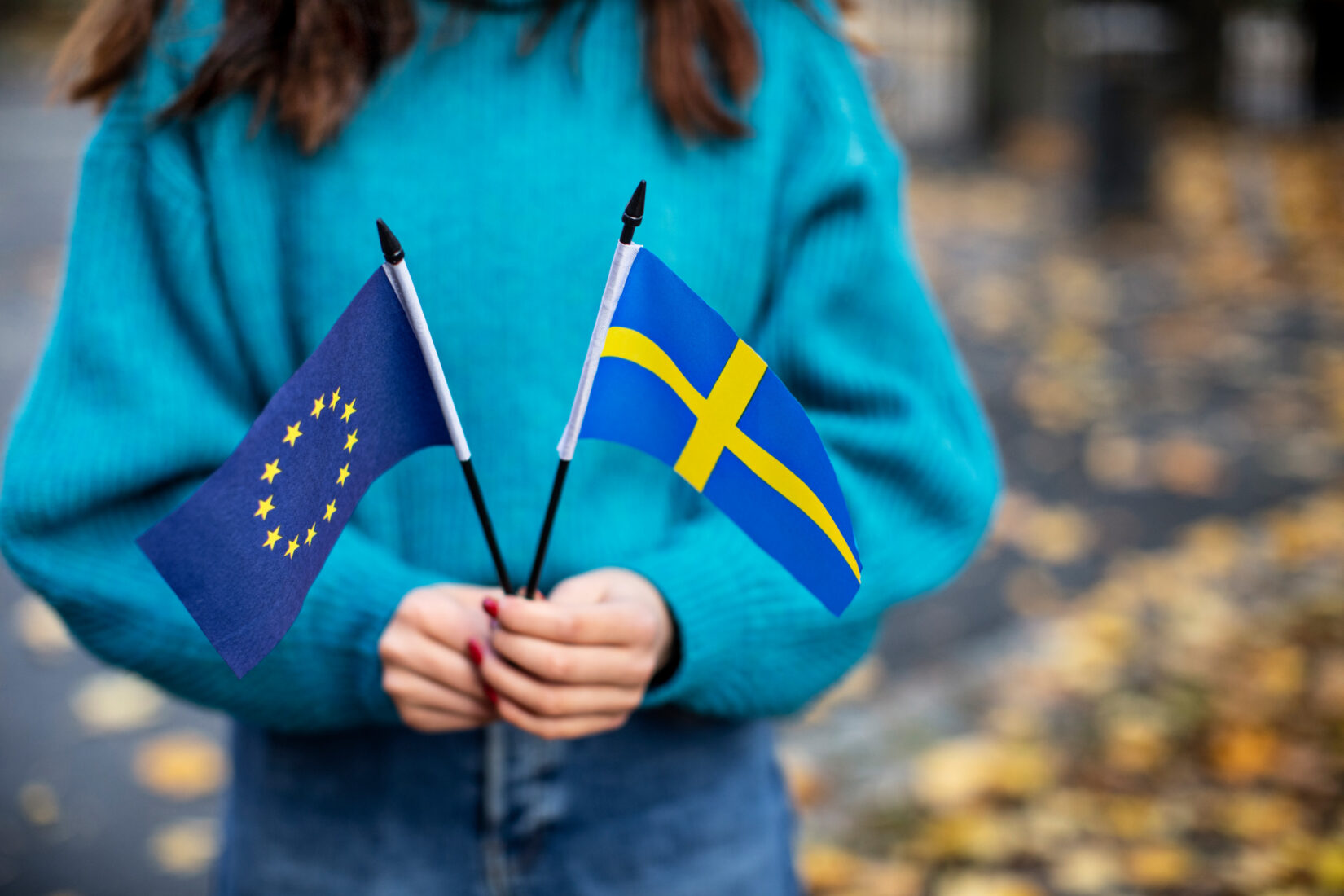In the days before and on Europe Day, May 9, you can participate in seminars and activities that highlight EU cooperation in your own country and in European Institutions.
From May 2-9, the campaign “Europe in My Region” will be ongoing throughout Sweden. EU-funded projects open their doors to share what EU funds are used for and the benefits they bring locally. During the campaign week, SI will showcase partnerships and initiatives that began as SI-funded projects and have since progressed to various types of EU funding.
SI’s work in the Baltic Sea region aims to strengthen Sweden’s relations and develop cooperation with EU countries around the Baltic Sea and the countries in the EU’s Eastern Partnership. To achieve this, SI implements leadership programmes, offers project funding, provide scholarships for incoming students on master level and conducts other types of activities in the region.
Within the SI Baltic Sea Neighbourhood Programme, SI funds projects aimed at contributing the objectives of the EU Strategy for the Baltic Sea Region (EUSBSR) and the framework of the EU’s Eastern Partnership. The projects aim to create conditions for mutual and long-term cooperation between actors in Sweden and other EU countries in the Baltic Sea region, as well as five of the countries in the EU’s Eastern Partnership. Cecilia Chroona, Head of the project funding unit at SI, tells about possibilities to start up cooperation around new initiatives:
– In June, we will open a new call for applications regarding the grant type seed funding within the SI Baltic Sea Neighbourhood Programme, which provides an opportunity for new actors to initiate cooperation,
Many partnerships that began their cooperation with funding from SI have subsequently applied for and been granted funding from one EU’s funding programmes. SI’s follow-ups show that partnerships funded by SI have received over SEK 1 billion in additional funding, primarily from EU funding programmes. The projects included in the follow-ups were granted a total of SEK 119 million by SI. Cecilia Chroona explains the significance of the SI funding:
– We see that SI’s funding can serve as a starting point for long-term cooperation that focus on issues relevant to the region and contribute to achieving EU’s goals,
Background
The Schuman Declaration, or Schuman Plan, was a plan presented by Robert Schuman, the then French Foreign Minister, in a speech on May 9, 1950. It aimed to establish a European Coal and Steel Community between France and West Germany. The coal and steel industry formed the basis of the war industry, and through joint control of these industries, future peace in Europe would be secured. The organisation would also be open to other European countries.
Today, the EU has 27 member states. With the EU’s enlargement in 2004, when Estonia, Latvia, Lithuania, and Poland joined the EU, the Baltic Sea became almost an inland sea within the EU. The significance of eight out of nine countries around the Baltic Sea now being EU members was recognized early on by the European Parliament, which as early as 2006 proposed that a strategy for the region should be developed. EU’s heads of state and government called on the Commission to develop such a strategy, which resulted in the adoption of the EU Strategy for the Baltic Sea Region during the Swedish EU Presidency in 2009.
The strategy identifies the challenges facing the region which the countries around the Baltic Sea best solve through cooperation. It has three main objectives: to save the sea, connect the region, and increase prosperity. To achieve these objectives, the strategy has an action plan which defines policy areas and actions. The action plan is implemented through cross-sectoral, transnational, and multilevel cooperation between authorities and organizations in the form of platforms, flagships, projects, etc. The strategy is crucial for promoting sustainability and growth in the Baltic Sea region and contributes to the implementation of EU’s goals in the region.
In 2009, the EU also established the so-called Eastern Partnership, which is part of the EU’s neighborhood policy and plays a central role in deepening the EU’s relations with six countries in Eastern Europe and the Southern Caucasus; Armenia, Azerbaijan, Belarus, Georgia, Moldova, and Ukraine. Today, three of these countries have candidate status, namely Georgia, Moldova, and Ukraine.
Participate in activities before and during Europe Day
Europe in my region: During the period 2-9 May, the campaign “Europe in my region” is underway in Sweden. It is an EU-wide information campaign to tell people what the EU’s money is spent on and what good it does at home. Read about the campaign here (in Swedish)
Read about how project partnerships initiated through SI funding have continued with EU-funding.
Explore events related to the Europe day in EU institutions.
